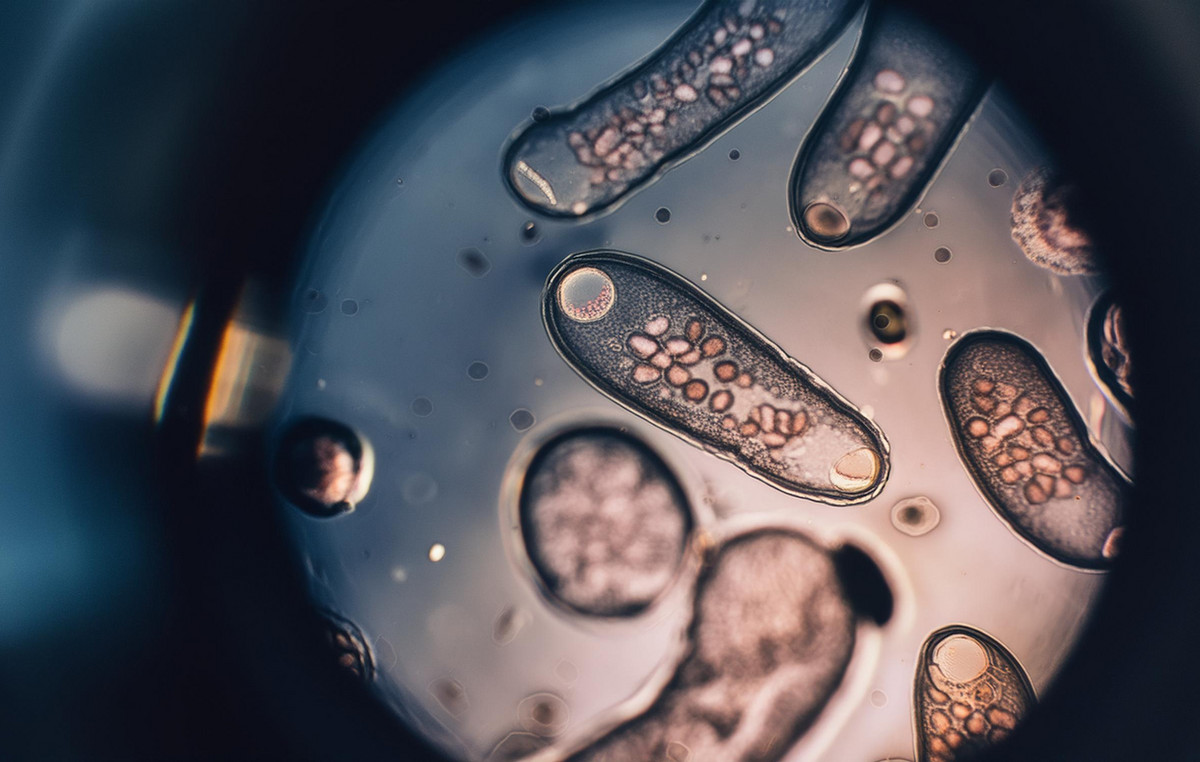Adventure cruise company Hurtigruten Norway has unveiled plans for an electric vessel, with zero emissions and retractable sails covered in solar panels, due to debut in 2030.
The company currently has a fleet of eight ships, with a capacity of 500 passengers each, which travel along the Norwegian coast from Oslo to the Arctic Circle. According to CEO Hedda Felin, although coming from a small company, Hurtigruten Norway hopes the innovation “can inspire the entire maritime sector”.
The project, called “Sea Zero”, was initially announced in March 2022. Since then, Hurtigruten Norway, together with 12 maritime partners and the Norwegian research institute SINTEF, have been exploring technological solutions that could lead to emissions-free sea travel. .
The resulting design will predominantly run on 60 megawatt batteries that can be charged in ports. It is good to remember that even the load is made with clean energy, since renewable energies represent 98% of Norway’s electrical system. Gerry Larsson-Fedde, senior vice president of marine operations at Hurtigruten Norway, who came up with the idea for a zero-emission ship, estimates that the batteries will have a range of 300 to 350 nautical miles, meaning that during a voyage of round trip of 11 days, the vessel would have to recharge about seven or eight times.
To reduce dependency on batteries, three retractable sails rise out of the deck when it’s windy, reaching a maximum height of 50 meters. They can be adjusted independently, shrinking to pass under bridges or changing their angle to catch more wind, as Larsson-Fedde explained. The VP added that the sails will be covered in a total of 1,500 square meters of solar panels that will generate energy to recharge the batteries during navigation. Battery levels will be displayed on the side of the ship.
“In Norway, although it can be dark at times in winter, we still have sunshine in the south. And we have sun 24 hours a day in the summer. We will be superfed by the midnight sun,” she said.
The ship will be equipped with 270 cabins to accommodate 500 guests and 99 crew. Its streamlined shape will result in less air resistance, helping to further reduce energy usage. On board, passengers can minimize their own climate impacts through an interactive mobile app that monitors personal water and energy consumption.
“We want to make passengers more aware of the amount of energy they use when they spend an extra ten minutes in the shower or use the air conditioner all the time,” said Larsson-Fedde.

greener transport
Maritime transport was responsible for 3% of global greenhouse gas emissions, according to the International Maritime Organization (IMO), the UN body that regulates the sector. In 2018, the IMO introduced a target for reduce industry greenhouse gas emissions by at least half by 2050.
The goal brought a new wave of projects for eco-friendly sailing vessels, which include a transatlantic car transporter, various types of freighters with retractable sails and even a cruise ship from the Chantiers de Atlanique shipyard with solid folding sails. But most of these projects will also rely on engines that use fossil fuels. The Norwegian executive noted that although the Hurtigruten Norway project will have a spare engine for safety reasons, it will operate (if necessary) only with green fuels such as ammonia, methanol or biofuel.
Hurtigruten Norway has been seeking sustainable transport solutions for some time. In 2019, she launched the world’s first hybrid and battery-powered cruise ship. Currently, the cruise line is in the process of converting the rest of its expedition fleet to hybrid battery power.
“We depend on the ocean and the environment. This is our product: clean oceans, clean ports, local suppliers”, enumerated Felin. “We want to go further and be the leader in sustainability as we believe our industry is too slow and not ambitious enough.”
Over the next two years, Hurtigruten Norway will test the new technologies before finalizing the project in 2026, with the intention of starting production at the shipyard in 2027. The first ship is due to enter Norwegian waters in 2030. After that, the company expects gradually transform its entire fleet into zero-emission vessels.
Source: CNN Brasil
Charles Grill is a tech-savvy writer with over 3 years of experience in the field. He writes on a variety of technology-related topics and has a strong focus on the latest advancements in the industry. He is connected with several online news websites and is currently contributing to a technology-focused platform.







